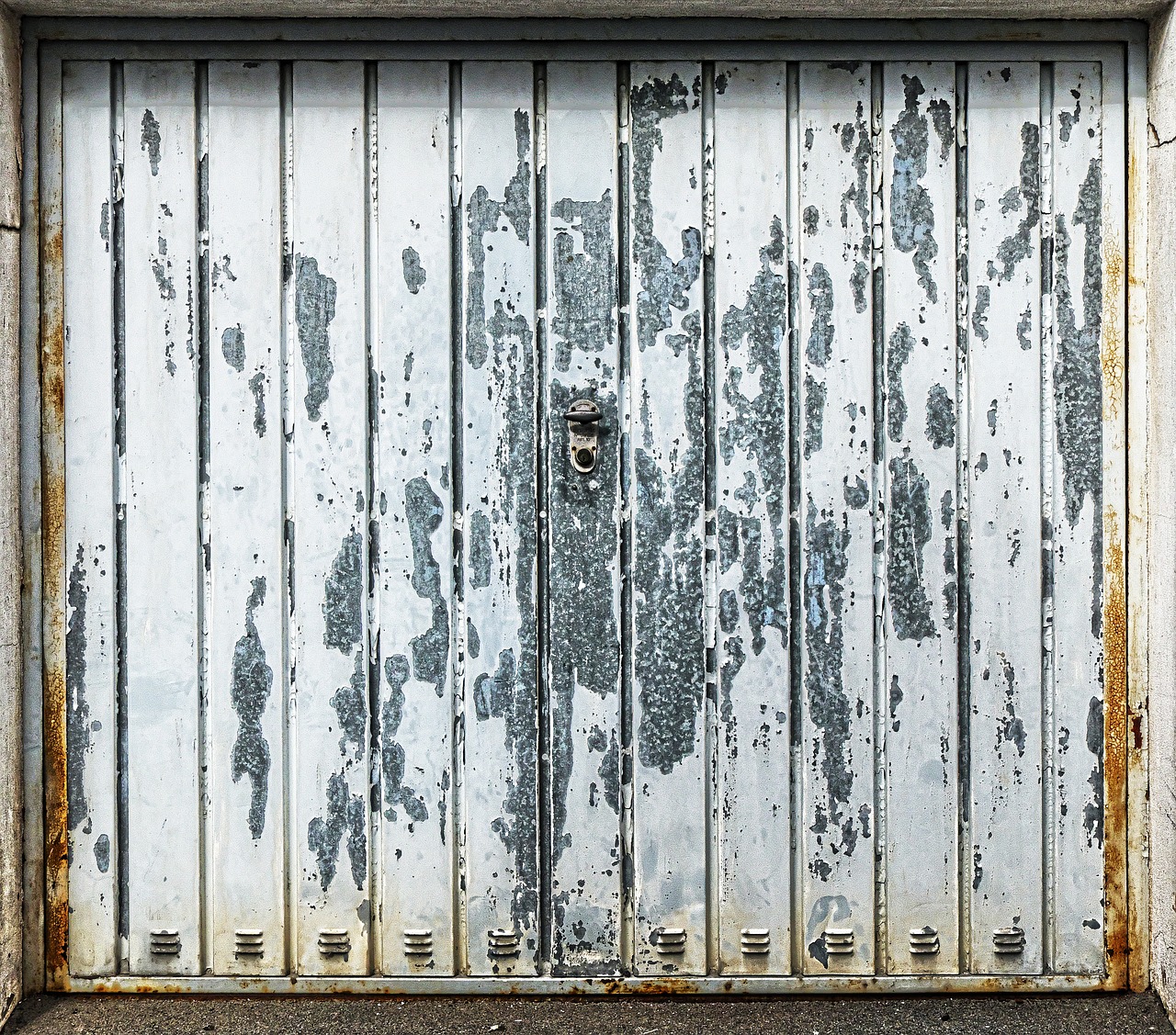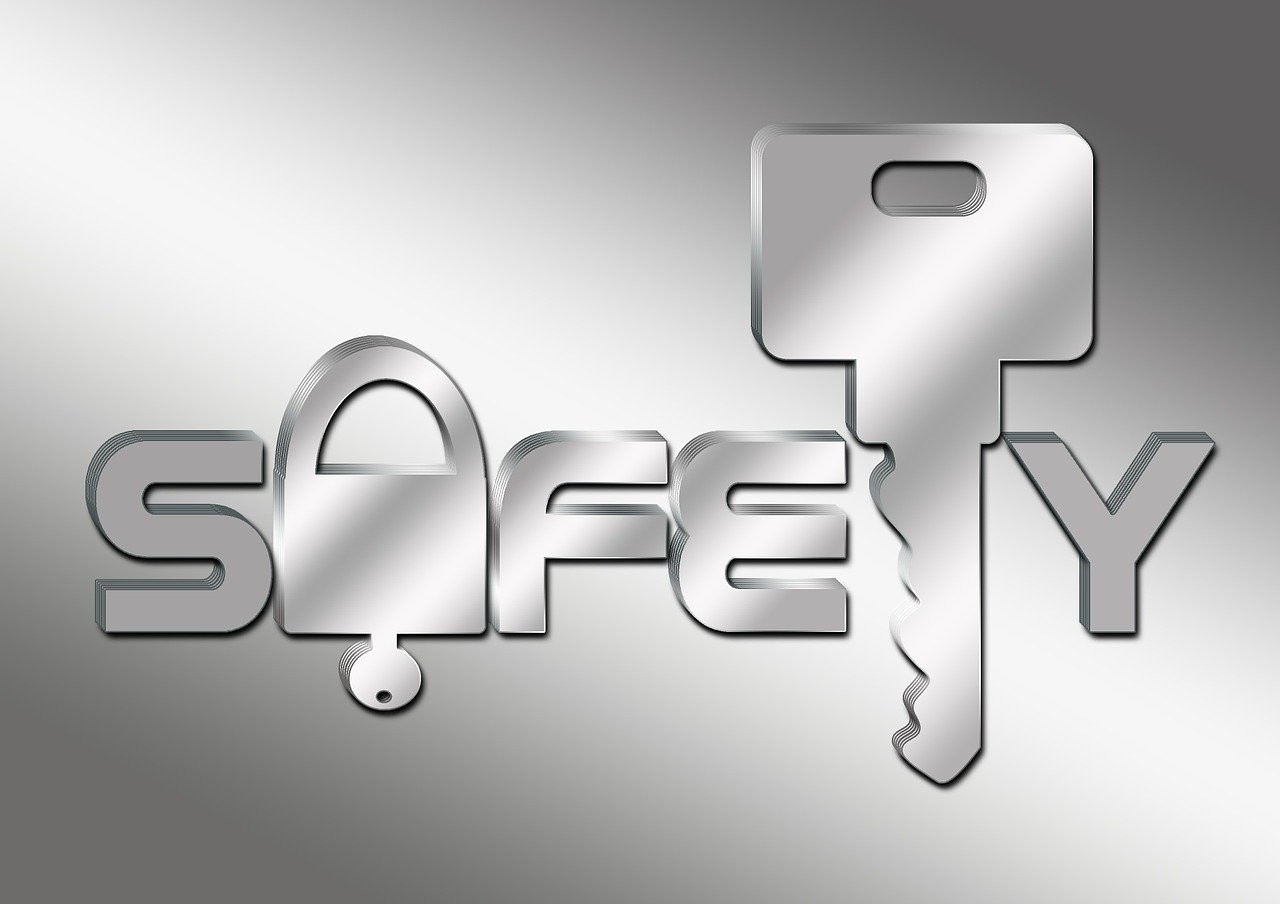
| 1. Introduction |
| 2. Understanding the Importance of Door Locks |
| 3. Factors to Consider Before Fitting Your Own Door Lock |
| 4. Assessing Your Skill Level and Experience |
| 5. Choosing the Right Type of Door Lock |
| 6. Tools and Materials Required for DIY Door Lock Installation |
| 7. Step-by-Step Guide to Fitting Your Own Door Lock |
| 8. Common Mistakes to Avoid |
| 9. Benefits and Drawbacks of DIY Door Lock Installation |
| 10. Hiring a Professional Locksmith vs. DIY Approach |
| 11. Ensuring Security and Proper Functioning of the Door Lock |
| 12. Frequently Asked Questions (FAQs) |
| 13. Conclusion |
Can I Fit My Own Door Lock? A Comprehensive Guide to DIY Door Lock Installation
Do you find yourself wondering whether you can fit your own door lock? It’s a common question among homeowners who are looking to enhance the security of their homes. While hiring a professional locksmith is always an option, fitting your own door lock can be a rewarding and cost-effective approach. In this article, we will guide you through the process of fitting your own door lock, covering everything you need to know to tackle this task with confidence.
1. Introduction
Securing your home is paramount, and one of the crucial aspects of home security is having robust door locks. By fitting your own door lock, you can ensure that your home is well-protected and gain a sense of accomplishment. However, before diving into the DIY process, there are a few factors you should consider.
2. Understanding the Importance of Door Locks
Before we delve into the process of fitting your own door lock, it’s essential to understand why door locks are so important. Door locks act as a deterrent to potential intruders, providing a barrier between your home and the outside world. They offer peace of mind and protect your loved ones and valuable belongings.
3. Factors to Consider Before Fitting Your Own Door Lock
Before embarking on a DIY door lock installation project, consider the following factors:
Assessing Your Skill Level and Experience
Installing a door lock requires basic carpentry skills and knowledge of tools. Evaluate your skill level and determine if you feel confident tackling this project. If you have limited experience, it may be wise to seek professional assistance.
Choosing the Right Type of Door Lock
There are various types of door locks available, including deadbolts, knob locks, and smart locks. Each type has its own advantages and considerations. Research different options to find the lock that best suits your needs and provides the desired level of security.
Tools and Materials Required for DIY Door Lock Installation
To fit your own door lock, you’ll need several tools and materials, such as a screwdriver, tape measure, chisel, drill, and the new lockset itself. Gather all the necessary items before you begin the installation process.
4. Step-by-Step Guide to Fitting Your Own Door Lock
Now that you’ve assessed your skill level and gathered the required tools, let’s walk through the step-by-step process of fitting your own door lock:
Step 1: Prepare the Door
Start by removing the existing lock if there is one. Ensure that the door is clean and free from any debris or obstructions.
Step 2: Measure and Mark
Measure and mark the positions for the new lockset, ensuring they align with the manufacturer’s guidelines. Take accurate measurements to ensure proper installation.
Step 3: Prepare the Door Frame
Use a chisel to create recesses in the door frame for the lock components. Take care to make clean and accurate cuts to ensure a proper fit.
Step 4: Install the Lock Components
Follow the manufacturer’s instructions to install the lock components, including the latch, strike plate, and deadbolt. Secure them in place using screws provided with the lockset.
Step 5: Test and Adjust
Test the lock’s functionality by operating it with the door open and closed. Make any necessary adjustments to ensure smooth operation and proper alignment.
5. Common Mistakes to Avoid
While fitting your own door lock can be a rewarding experience, it’s crucial to avoid common mistakes that can compromise the security and functionality of the lock. Here are some pitfalls to steer clear of:
- Poorly measuring the lock components, leading to misalignment and improper functioning.
- Rushing the installation process without following the manufacturer’s instructions.
- Failing to secure the lock components tightly, resulting in loose or unstable locks.
- Neglecting to test the lock thoroughly after installation, leading to potential issues down the line.
6. Benefits and Drawbacks of DIY Door Lock Installation
Fitting your own door lock offers several benefits, including cost savings and the satisfaction of completing a home improvement project. However, it’s essential to consider the drawbacks as well. DIY installations may lack the expertise and precision of a professional locksmith, potentially compromising security.
7. Hiring a Professional Locksmith vs. DIY Approach
While fitting your own door lock can be a viable option, it’s worth considering the advantages of hiring a professional locksmith. Locksmiths have the experience, knowledge, and tools to ensure a proper and secure installation. If you’re unsure about your DIY skills or want peace of mind, consulting a locksmith is a wise choice.
8. Ensuring Security and Proper Functioning of the Door Lock
Once you’ve successfully fitted your own door lock, it’s important to maintain its security and proper functioning. Conduct regular checks and maintenance to address any issues promptly. Lubricate the lock mechanism periodically to ensure smooth operation and extend its lifespan.
9. Frequently Asked Questions (FAQs)
1. Can I fit my own door lock if I have limited DIY experience?
While basic DIY skills are necessary, fitting a door lock is manageable for most homeowners. Take the time to research and understand the process before proceeding.
2. Are there specific tools required for fitting a door lock?
Yes, you’ll need tools such as a screwdriver, tape measure, chisel, and drill. Refer to the manufacturer’s instructions for the specific tools required for your chosen lockset.
3. What type of door lock is best for my home?
The ideal door lock depends on factors such as your security needs, budget, and personal preferences. Deadbolts are generally recommended for their strength and resistance to forced entry.
4. How long does it take to fit a door lock?
The time required to fit a door lock varies depending on your skill level and the complexity of the lock. It can take anywhere from 30 minutes to a few hours.
5. What are the signs that indicate my door lock needs replacement?
Difficulty turning the key, loose handles, or visible signs of wear and tear are indications that your door lock may need replacement. Consider fitting a new lock to maintain your home’s security.
Security in the Home with Locks
Fitting your own door lock can be a fulfilling project that enhances the security of your home. By following the step-by-step guide provided in this article and considering the factors discussed, you can confidently tackle this task. Remember to exercise caution, take accurate measurements, and test the lock thoroughly after installation. However, if you’re uncertain about your DIY skills or desire professional expertise, don’t hesitate to seek the services of a qualified locksmith. Secure your home and gain peace.
continue reading
Related Posts
Garage Doors and Heavy-Duty Shutter Locks for Extra Security Table […]
Lock Snapping, Secure Lock Cylinders Introduction Understanding Lock Snapping The […]








